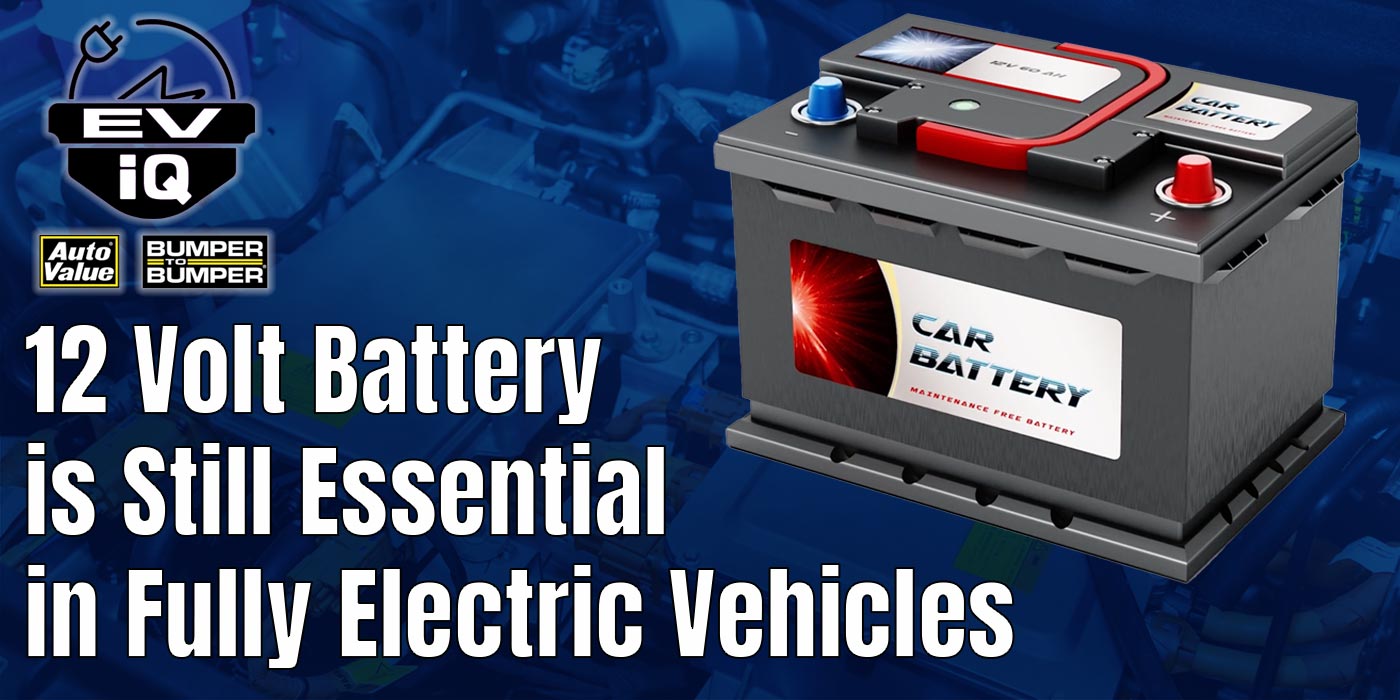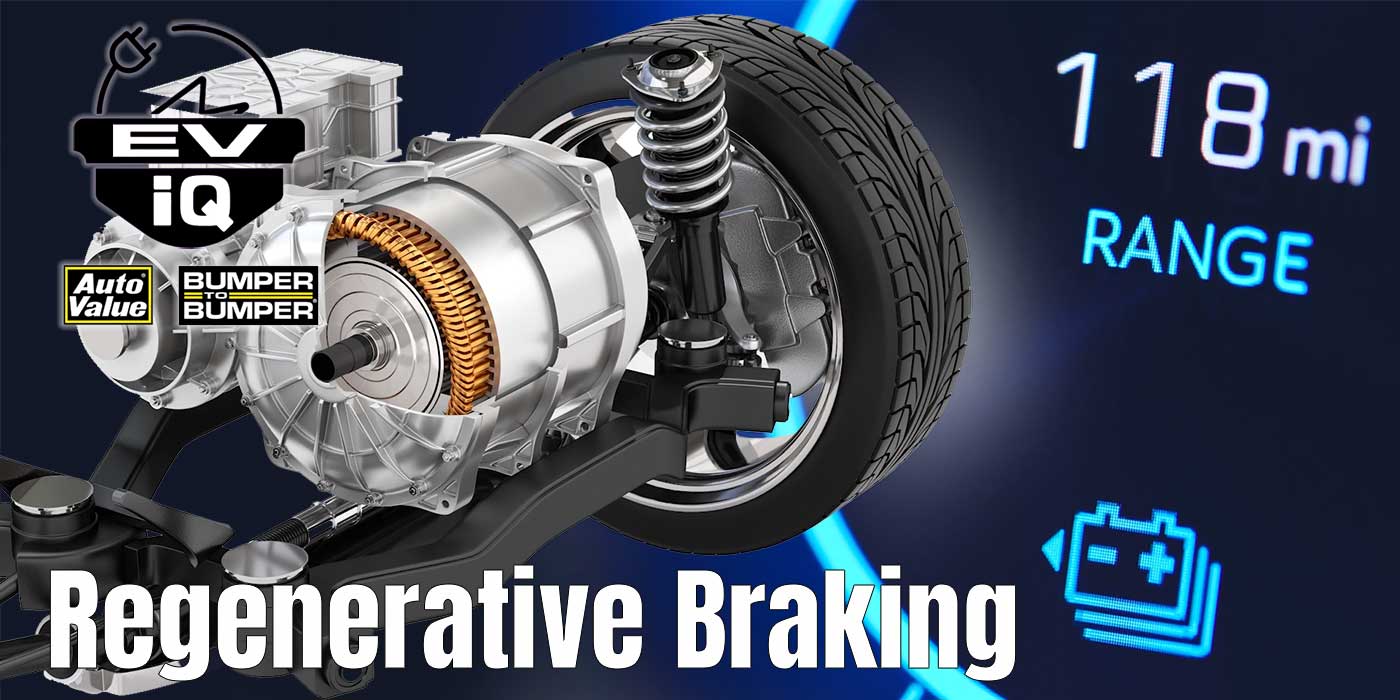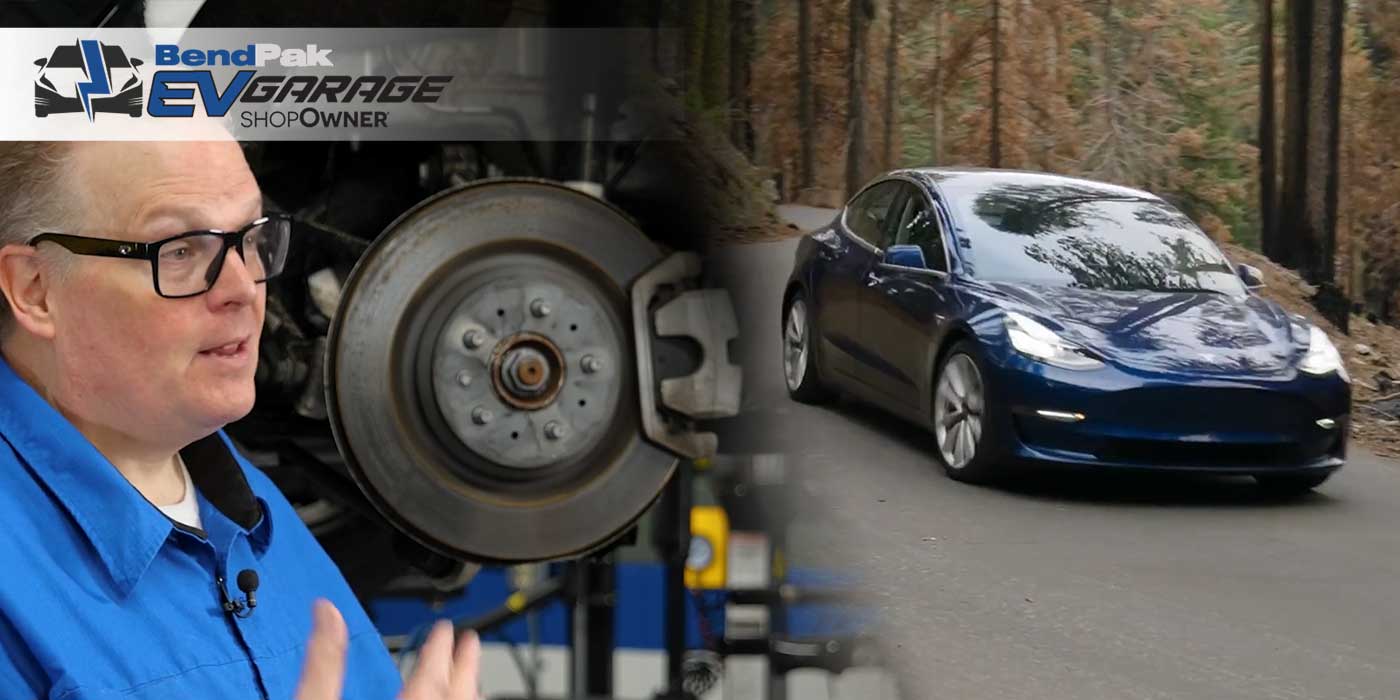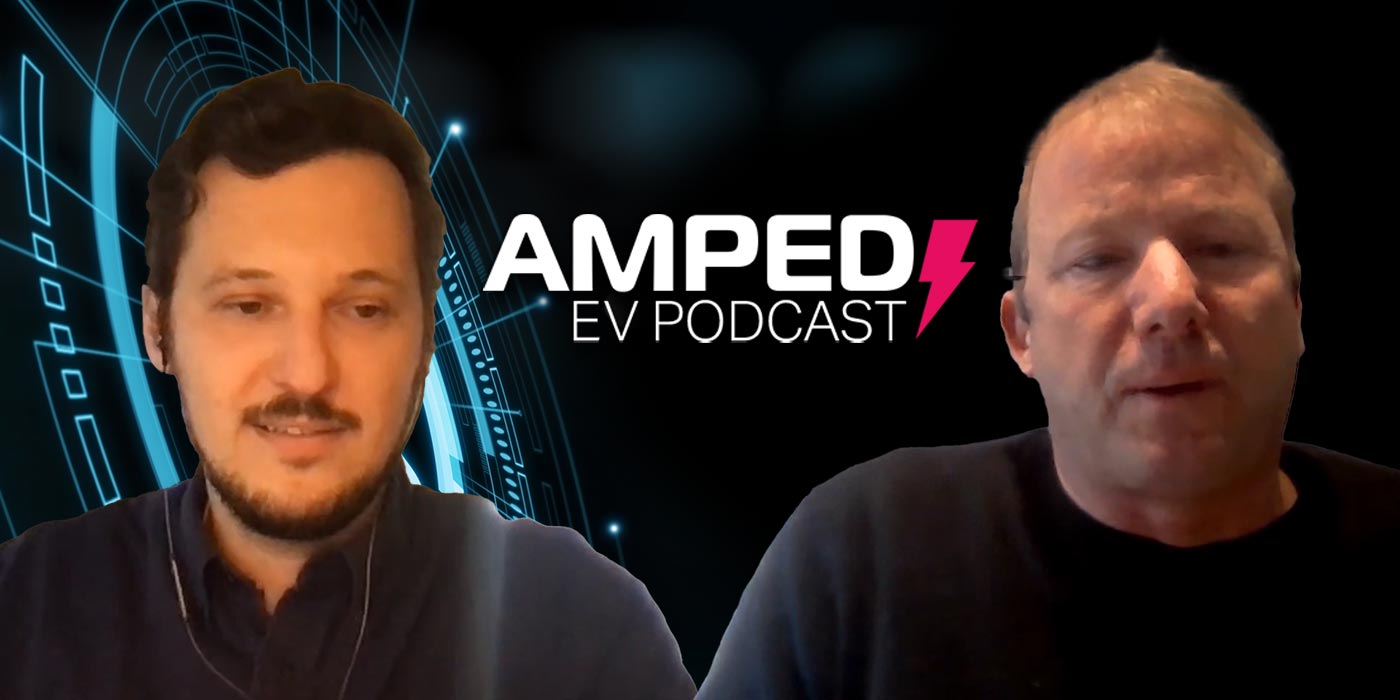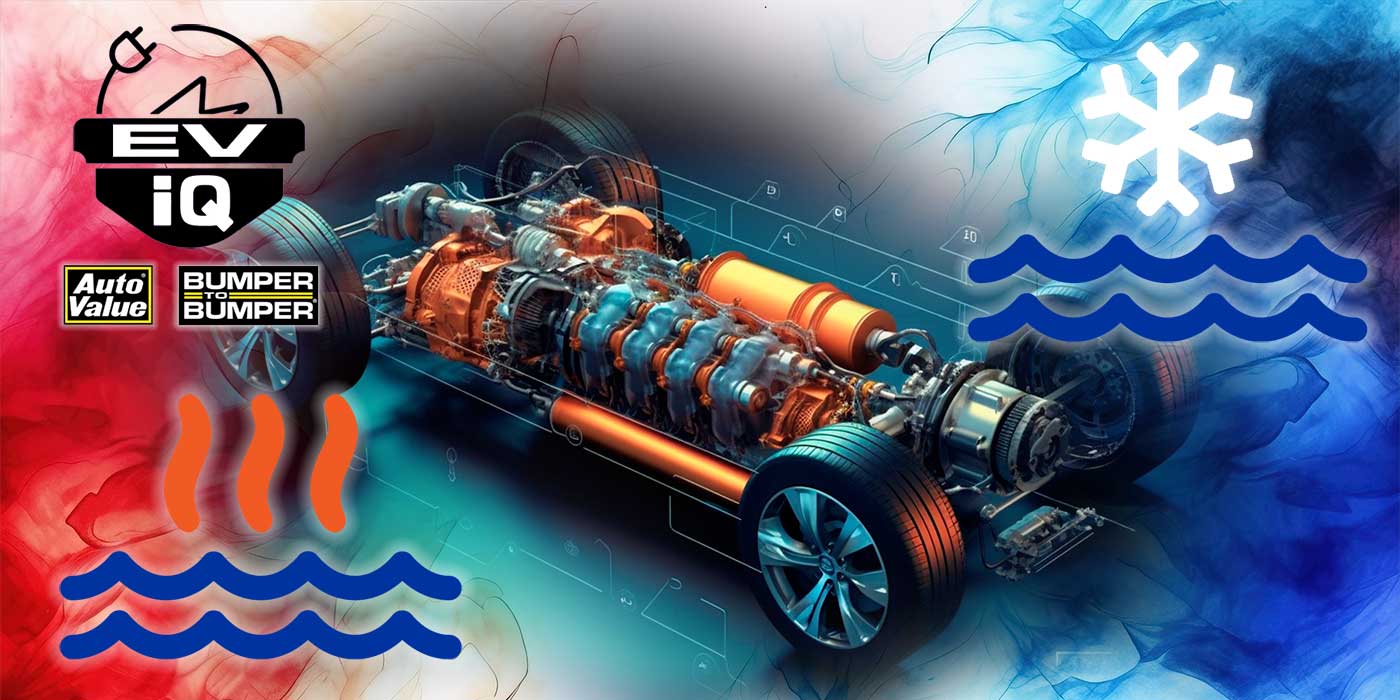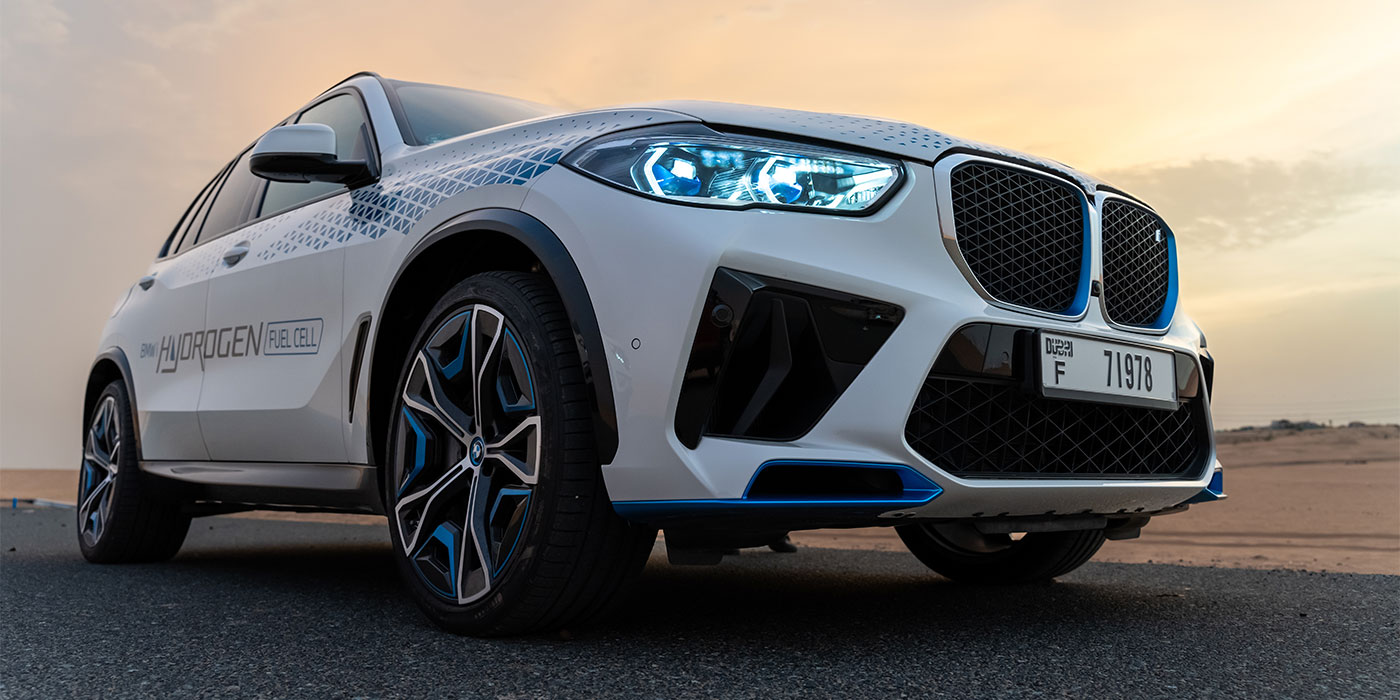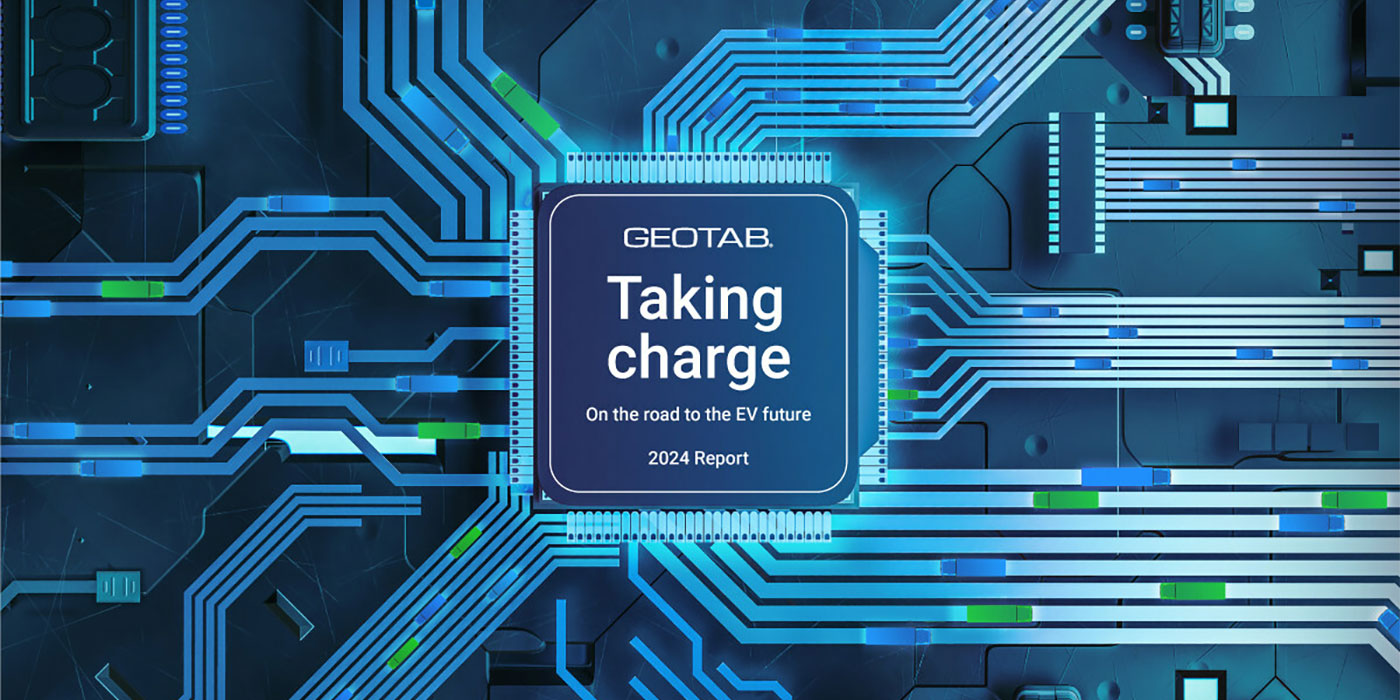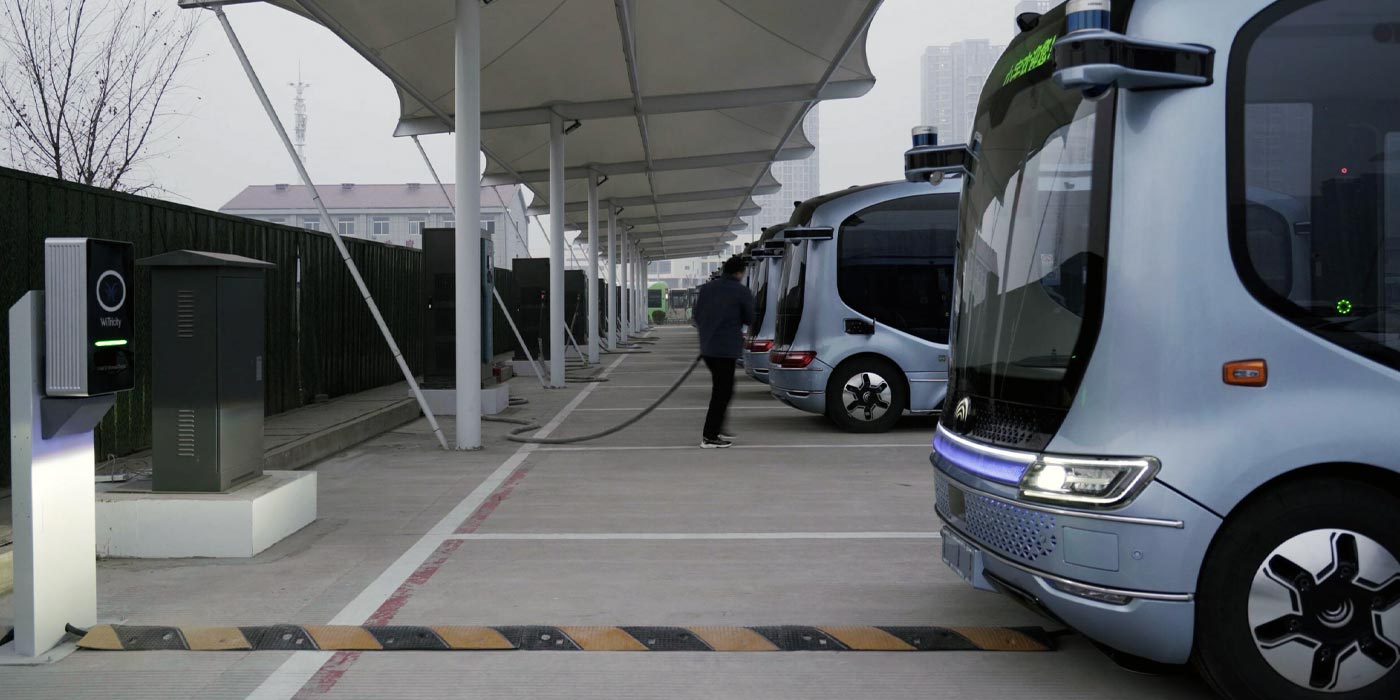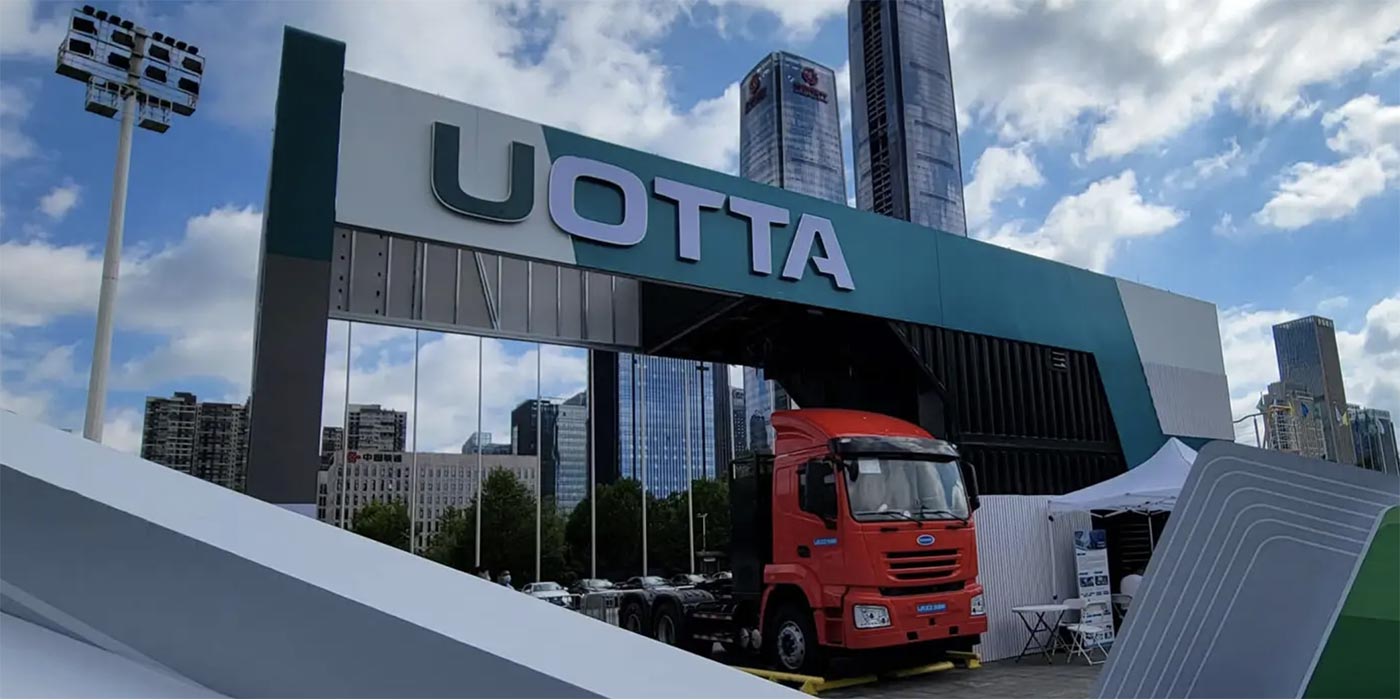European all-electric vehicle demand has tripled in 2021. That’s according to the financial reporting company Finbold, whose recent data shows that the demand for new passenger battery electric vehicles across Europe surged between Q2 2020 and Q2 2021, from 63,422 to 210,298, respectively.
Hybrid electric vehicle demand also spiked by 213.54%, the data shows, representing the biggest growth for all new passenger vehicles in Europe. In total, the electric vehicle registration as of Q2 2021 stands at 751,460, a growth of at least three times from the Q2 2020 cumulative figure of 236,015.
But why all the recent interest?
Well, over the past couple of years, you could argue that the foundation of global EV market growth has been in Europe, driven by new emissions targets – primarily that by 2020, the standard for passenger cars and light-commercial vehicles there would be 95g of CO582 per kilometer. These targets make it extraordinarily difficult for automakers not to sell electrified vehicles unless they want to be strapped with large fines.
Another huge factor was actually COVID. When the coronavirus pandemic hit, most governments across the region focused their stimulus packages on companies that are operating in line with fighting climate change. A big part of the support focused on incentives for consumers to buy EVs.
So what does this mean for you? Well, looking at the top three auto markets in the world – Europe, China and the U.S. – we can see momentum building behind the support of EVs. In fact, according to new research by IDTechEx, with cars alone, global annual EV sales are on pace to surpass 5 million-strong this year, with about 3.5 million of those being battery-electric vehicles.
Here in the U.S., the Biden Administration has committed $174 billion into supporting electric vehicles and is proposing a new target for 50% electrification by 2030 – in part to catch up with Europe and China’s EV infrastructure. In its report, IDTechEx argues that while this target is still behind European countries like Norway, at 100% by 2025, or the UK, at 100% by 2030, the U.S. auto market is much larger, and in terms of the sheer volume of vehicles, this represents one of the largest official commitments by an individual country.
While Tesla still leads market share in Europe and the U.S. by quite a bit, other top automakers have been steadily increasing their EV output. This year alone, there have been over 20 announcements related to increasing targets and electrification plans – we’re talking names like Tesla, Ford, BMW, Volvo, Daimler, Stellantis, Volkswagen and more.
The thing about Tesla is that, love them or hate them, you can’t deny they’ve been a thought leader in not just what it means to own and drive an EV, but also in what it means to own and drive a car – any car. To compete, automakers are stepping up their EV offerings from both a hardware and software perspective, and new innovation in that sector of the automotive landscape equals opportunity for growth in the aftermarket.

